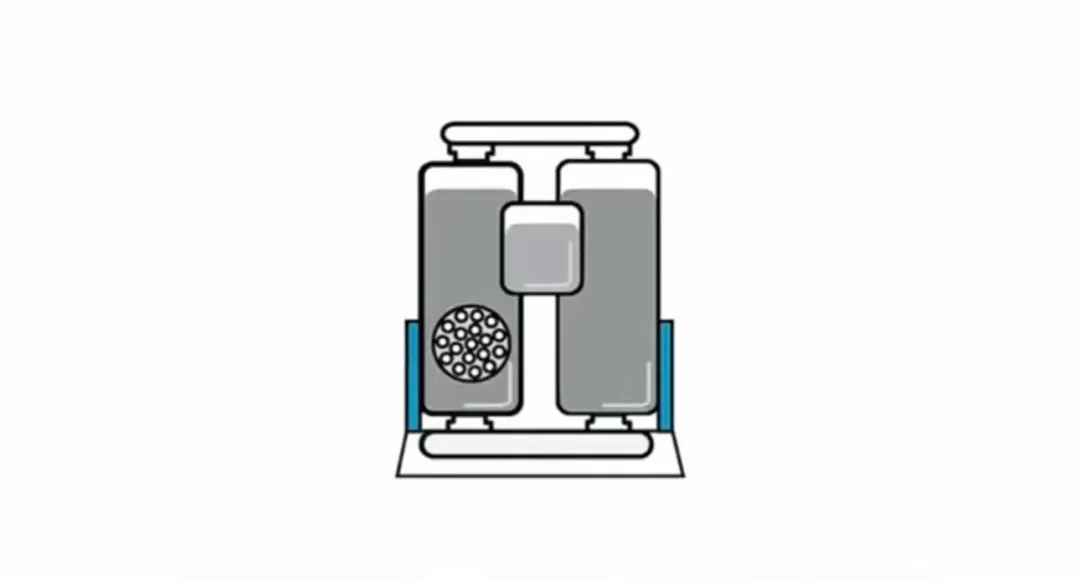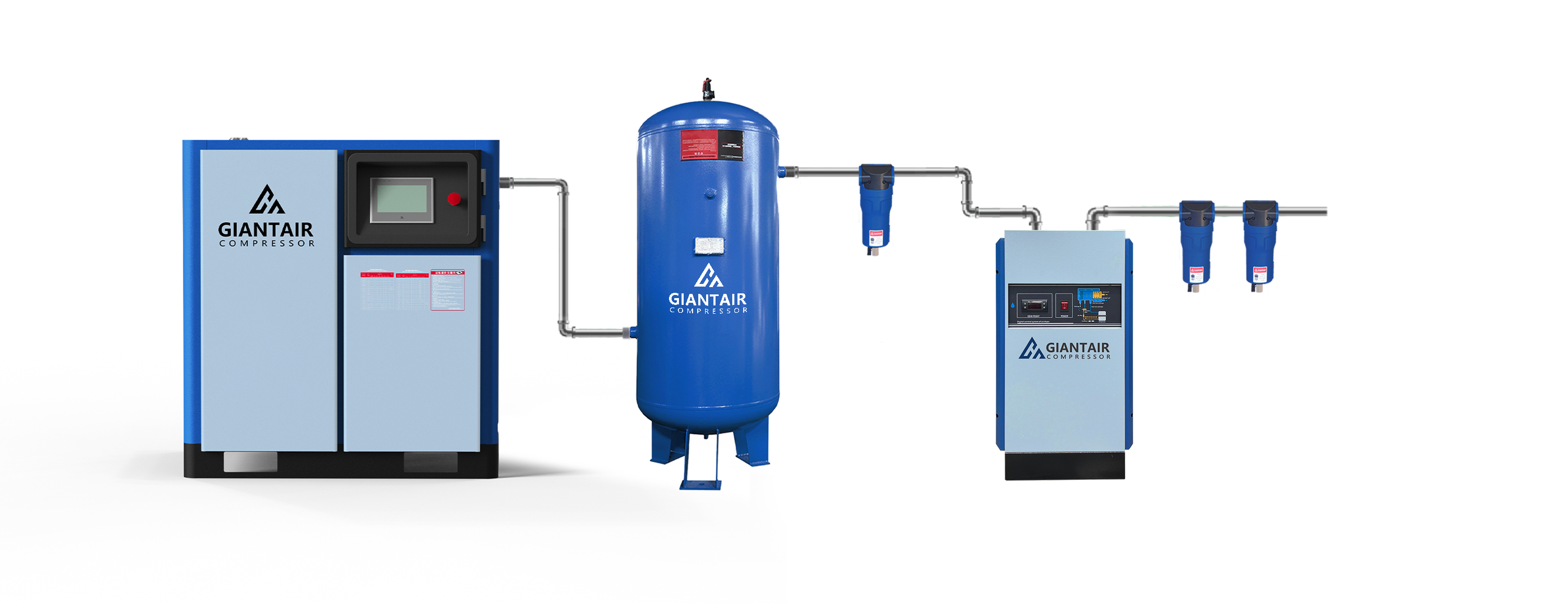In industrial production and many practical application scenarios, compressed air is a commonly used power source. However, compressed air often faces the problem of carrying water, which brings many troubles to production and use. The following is an analysis of the source of moisture in compressed air and related issues. If there are any inappropriate points, criticism and correction are welcome.
The moisture in compressed air mainly comes from the water vapor contained in the air itself. When the air is compressed, these water vapors will condense into liquid water due to changes in temperature and pressure. So why does compressed air contain moisture? The reasons are as follows:
1. The presence of water vapor in the air
The air always contains a certain amount of water vapor, and its content is affected by many factors such as temperature, weather, season, and geographical location. In a humid environment, the water vapor content in the air is higher; while in a dry environment, it is relatively low. These water vapors exist in the air in gaseous form and are distributed with the flow of air.
2. Changes in the air compression process
When the air is compressed, the volume decreases, the pressure increases, and the temperature also changes. However, this temperature change is not a simple linear relationship. It is affected by many factors such as compressor efficiency and cooling system performance. In the case of adiabatic compression, the air temperature will rise; but in practical applications, in order to control the temperature of compressed air, it is usually cooled.
3. Water condensation and precipitation
During the cooling process, the temperature of compressed air decreases, resulting in an increase in relative humidity. Relative humidity refers to the ratio of the partial pressure of water vapor in the air to the saturated vapor pressure of water at the same temperature. When the relative humidity reaches 100%, the water vapor in the air will begin to condense into liquid water. This is because as the temperature decreases, the amount of water vapor that the air can accommodate decreases, and the excess water vapor will precipitate in the form of liquid water.
4. Reasons for compressed air to carry water
1:Intake environment: When the air compressor is working, it will inhale the surrounding atmosphere from the air inlet. These atmospheres themselves contain a certain amount of water vapor, and when the air compressor inhales air, these water vapors will also be inhaled and compressed.
2:Compression process: During the compression process, even if the air temperature may rise (in the case of adiabatic compression), the subsequent cooling process will reduce the temperature. During this temperature change process, the condensation point (i.e. dew point) of water vapor will also change accordingly. When the temperature drops below the dew point, water vapor condenses into liquid water.
3:Pipes and gas tanks: When compressed air flows in pipes and gas tanks, water may condense and precipitate due to the cooling effect of the pipe and gas tank surface and the change of air flow velocity. In addition, if the insulation effect of the pipe and gas tank is poor or there is a water leakage problem, the water content in the compressed air will also increase.
5. How can we make the output compressed air dry?
5. How can we make the output compressed air dry?
1. Precooling and dehumidification: Before the air enters the compressor, the temperature and humidity of the air can be reduced by the precooling device to reduce the water vapor content when entering the compressor. At the same time, a dehumidification device (such as GIANTAIR’s cold dryer, adsorption dryer, etc.) is set at the outlet of the compressor to further remove moisture from the compressed air.
Post time: Oct-12-2024
















